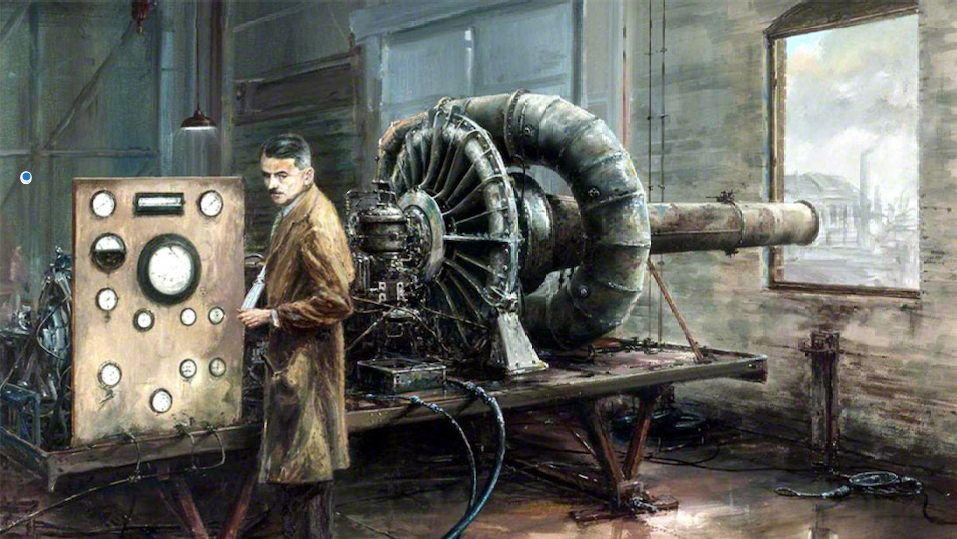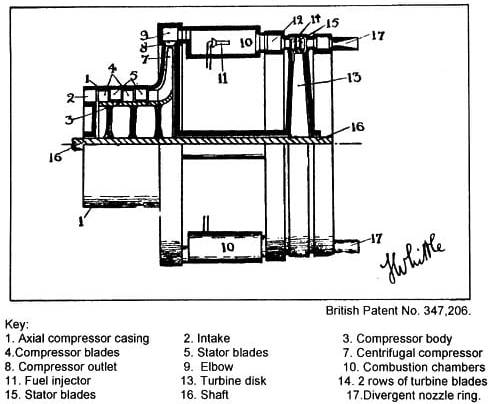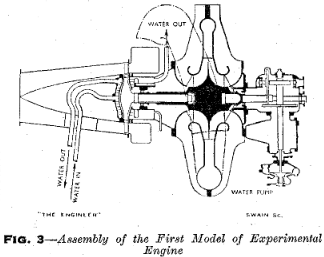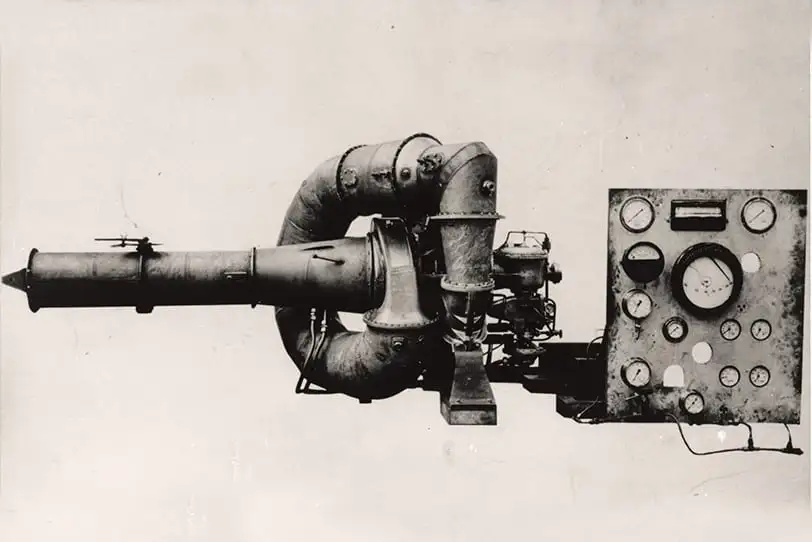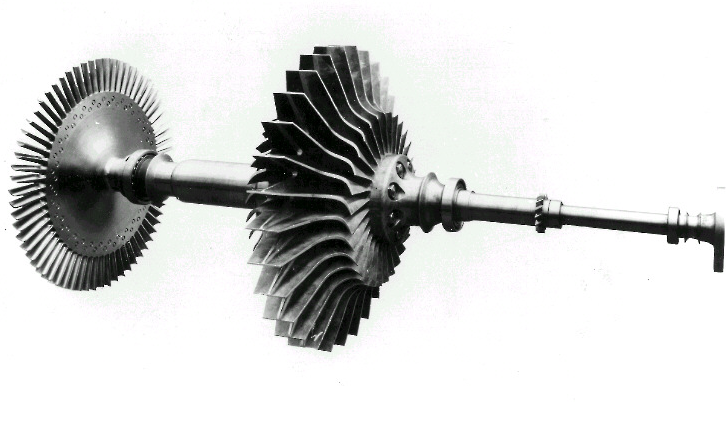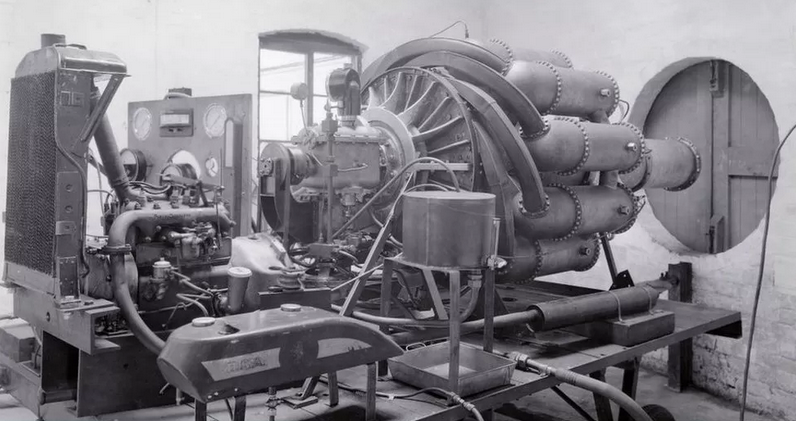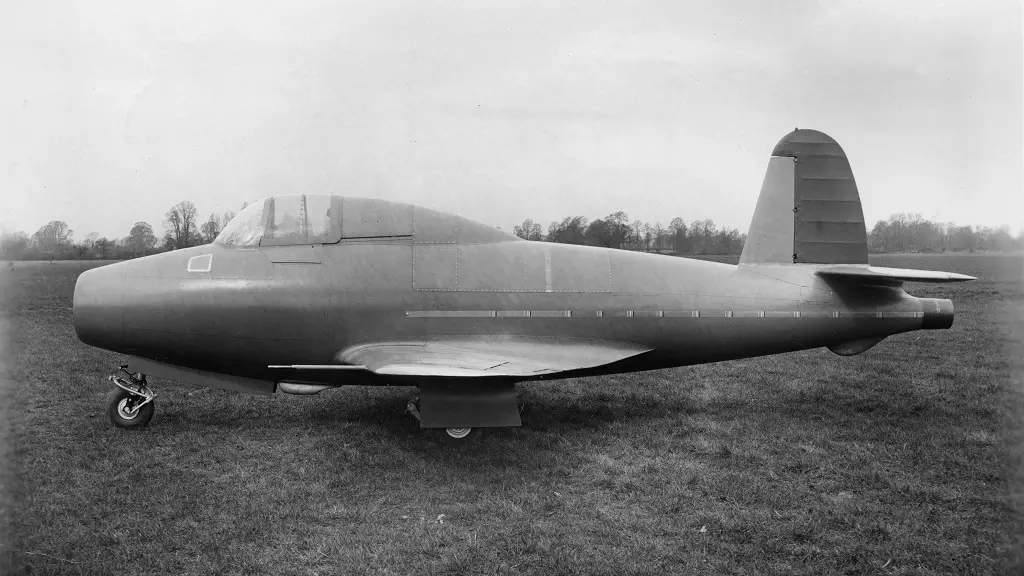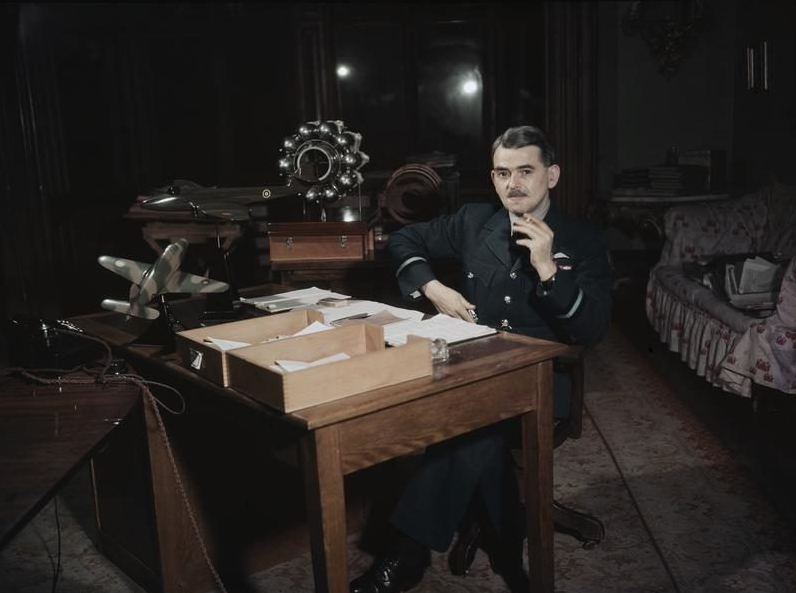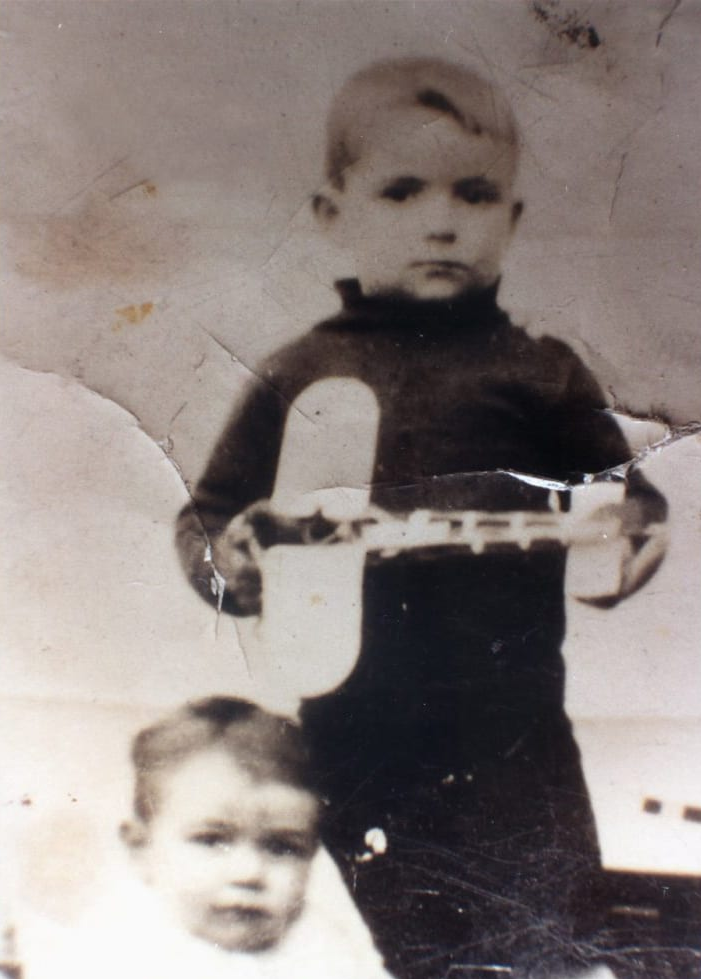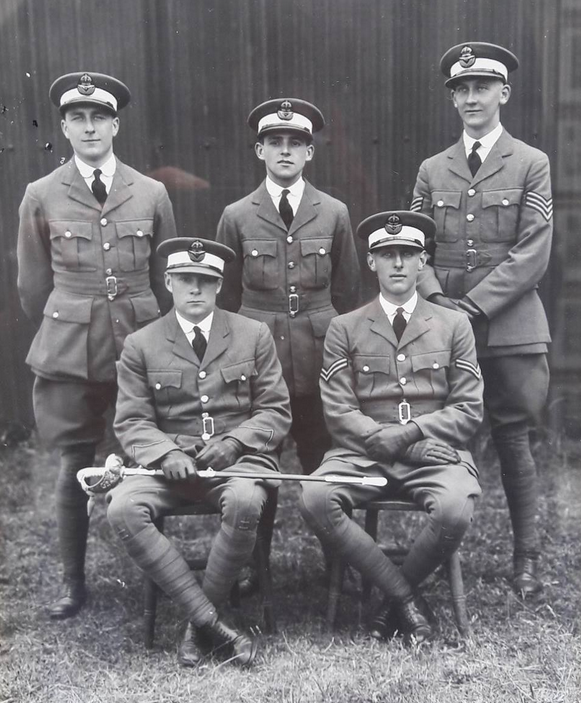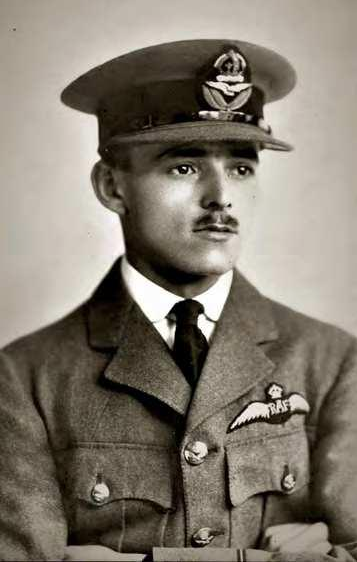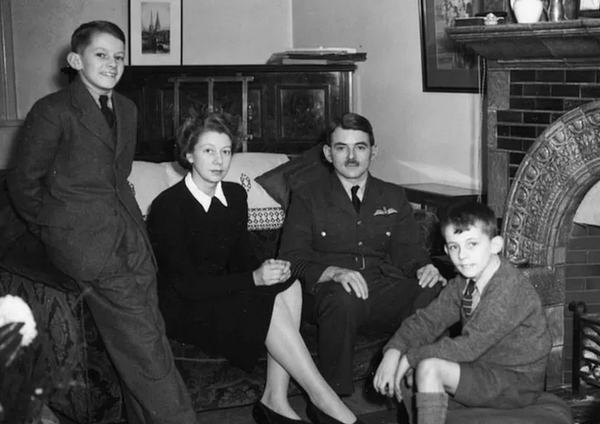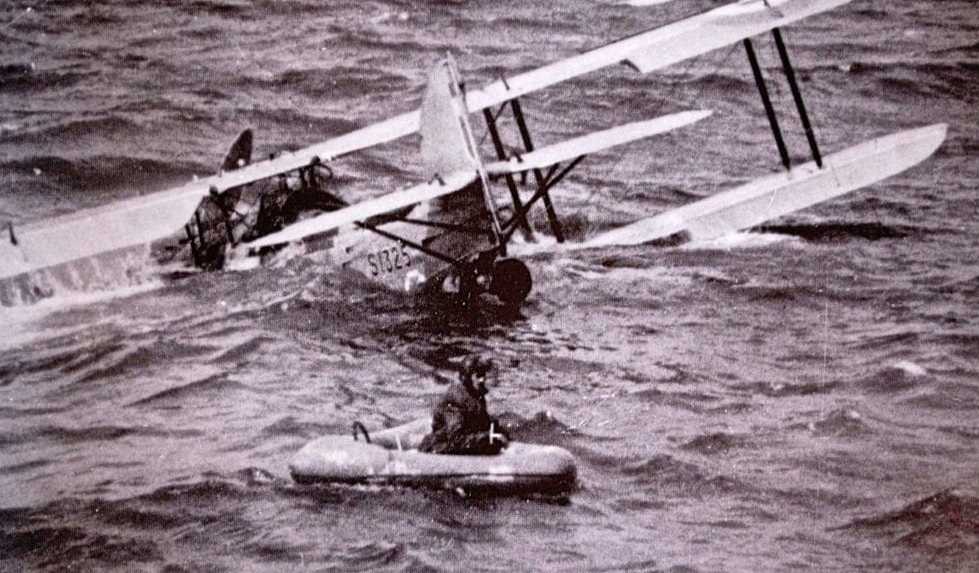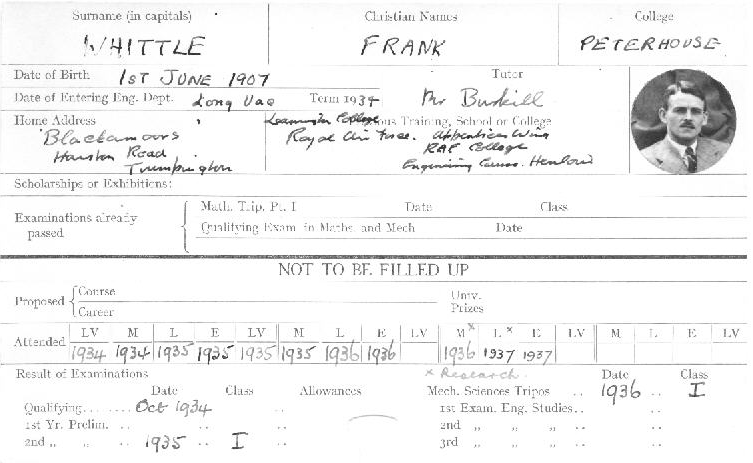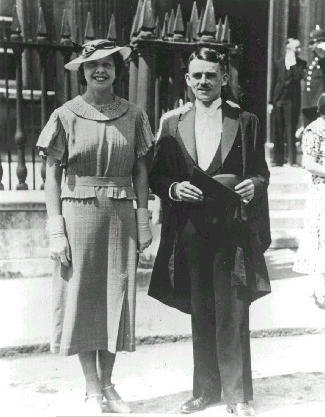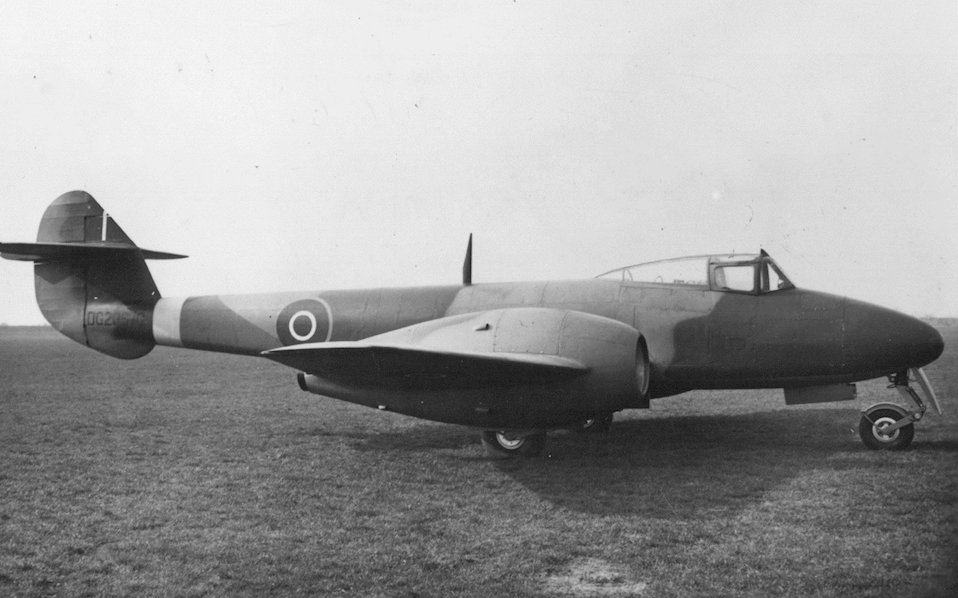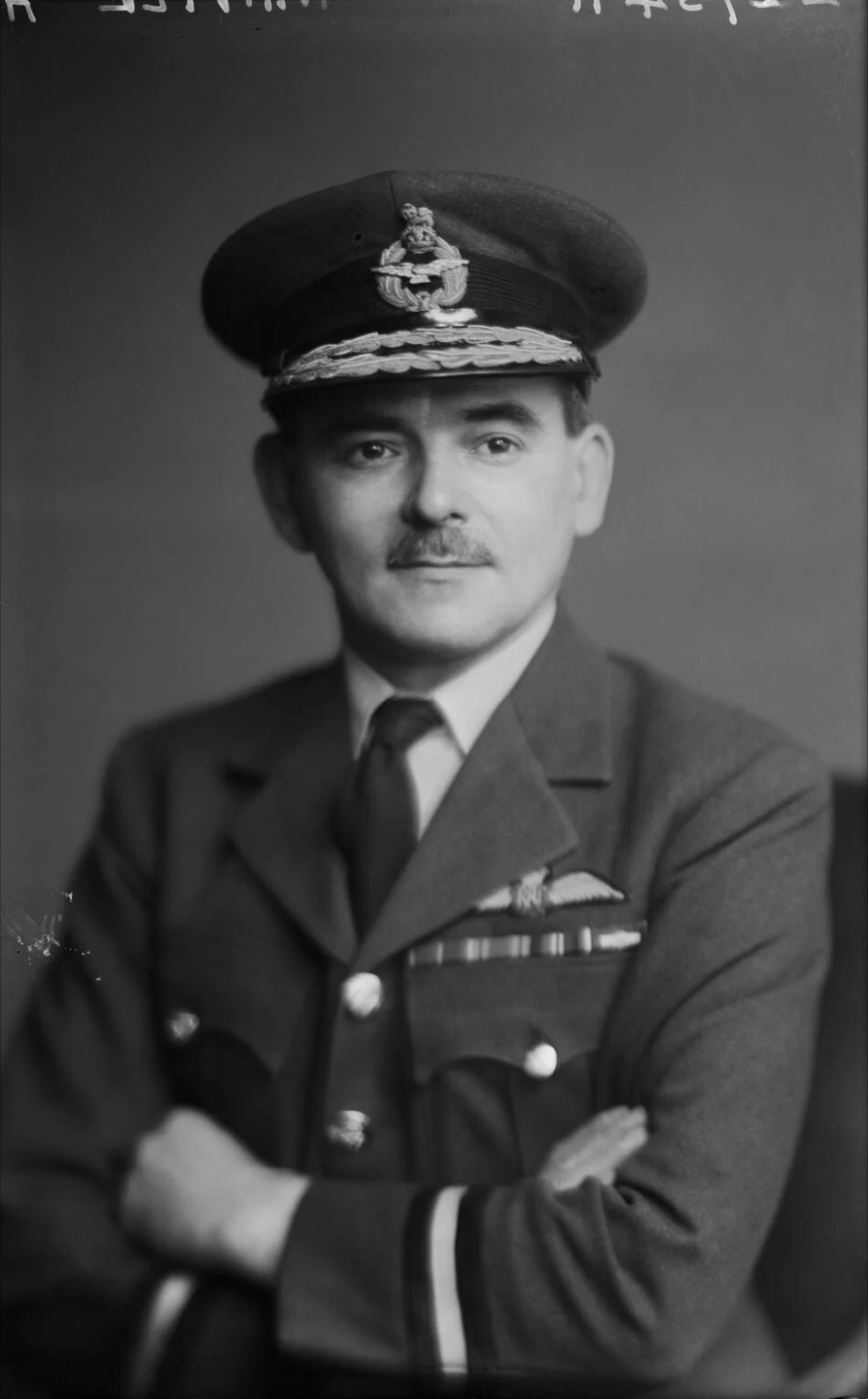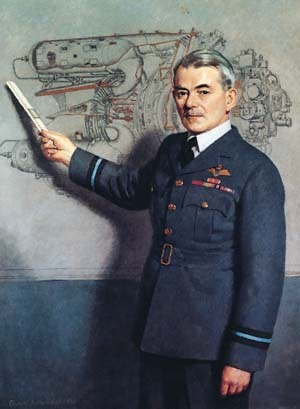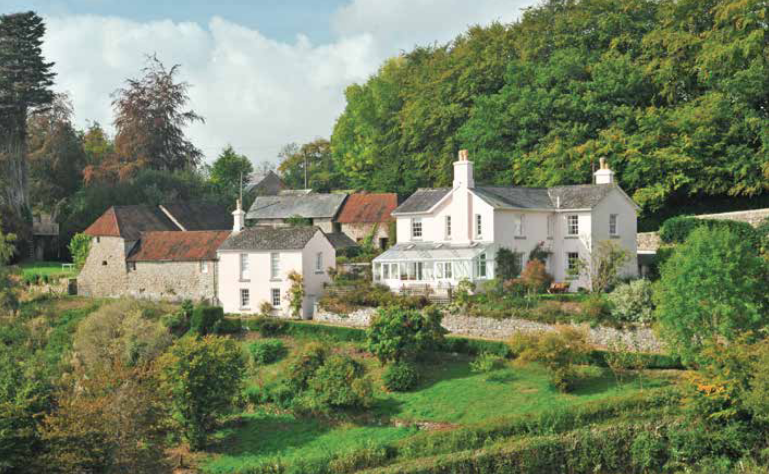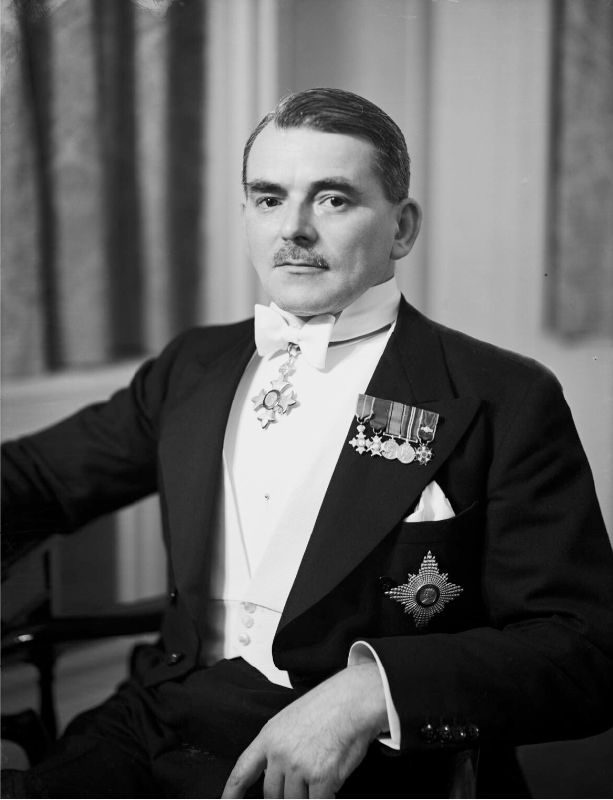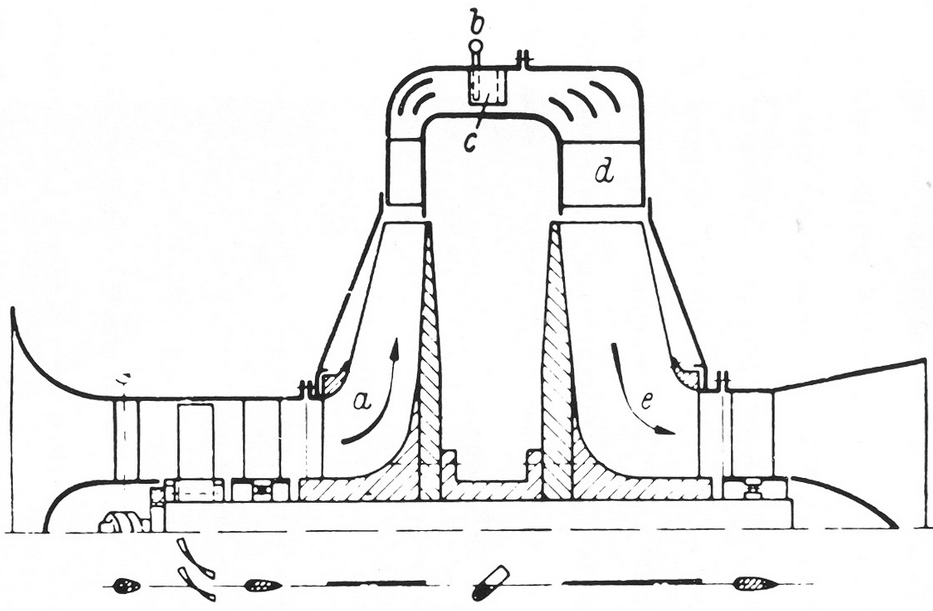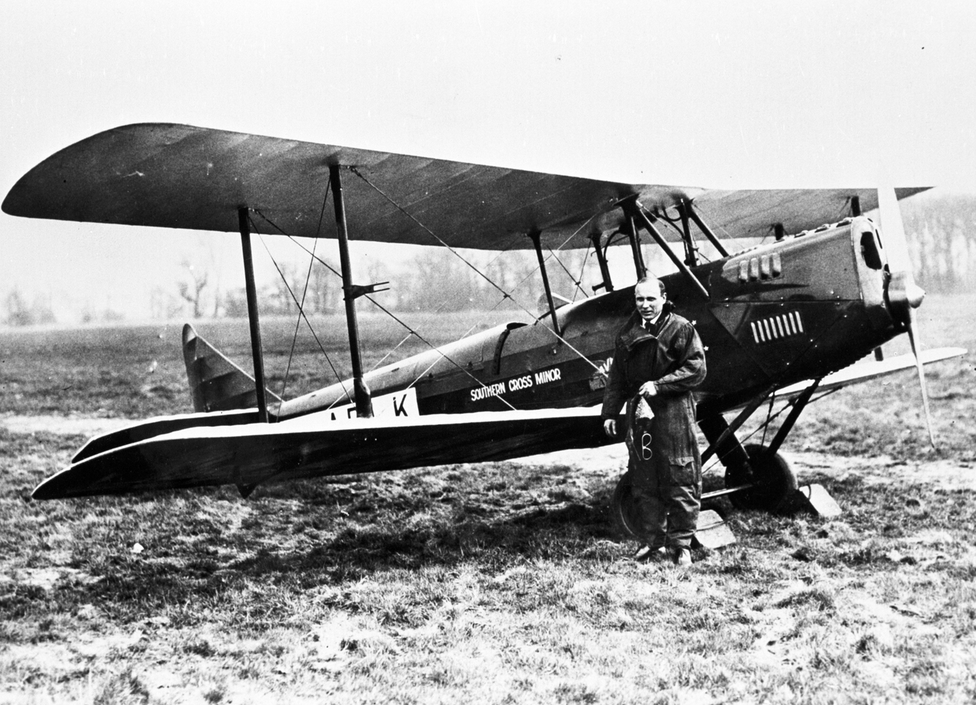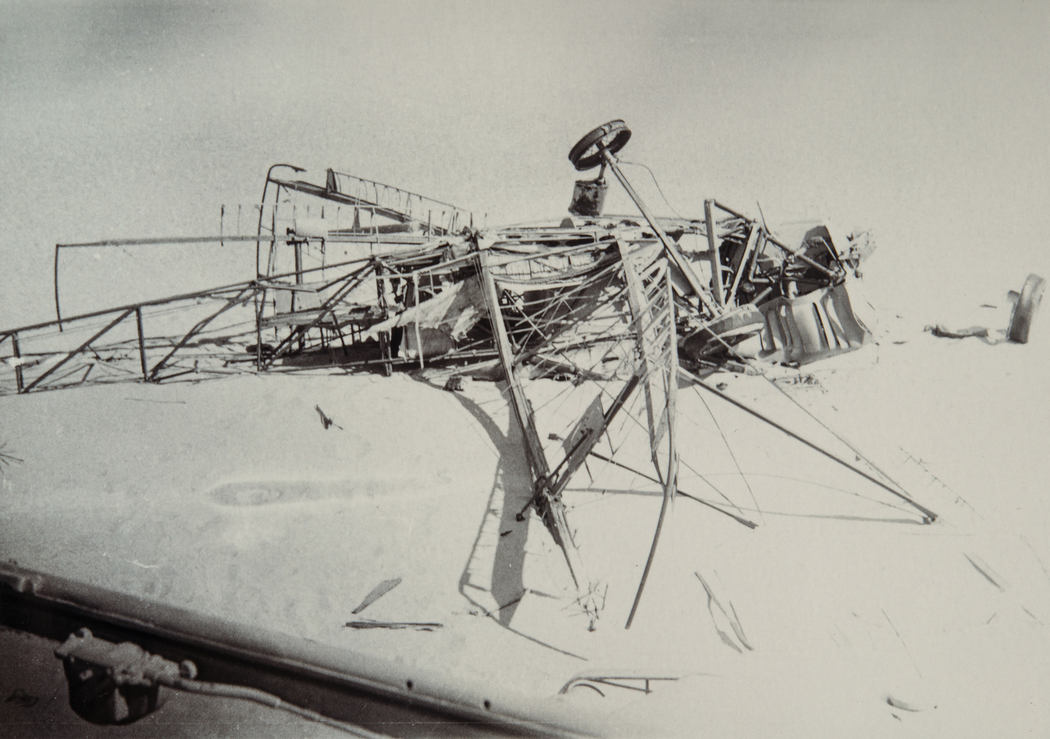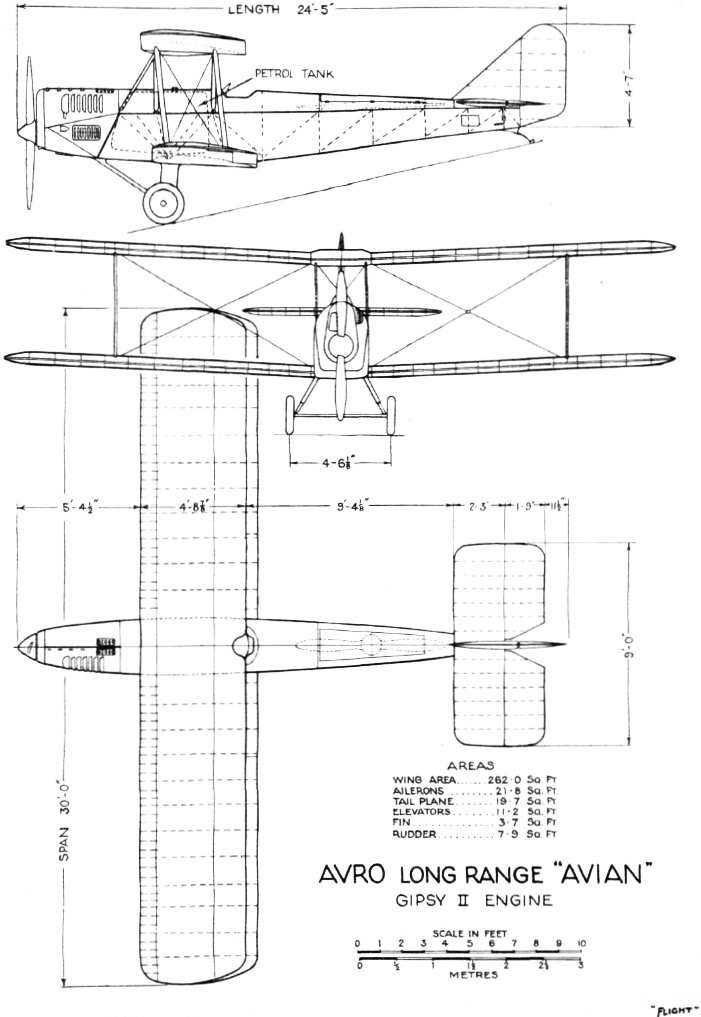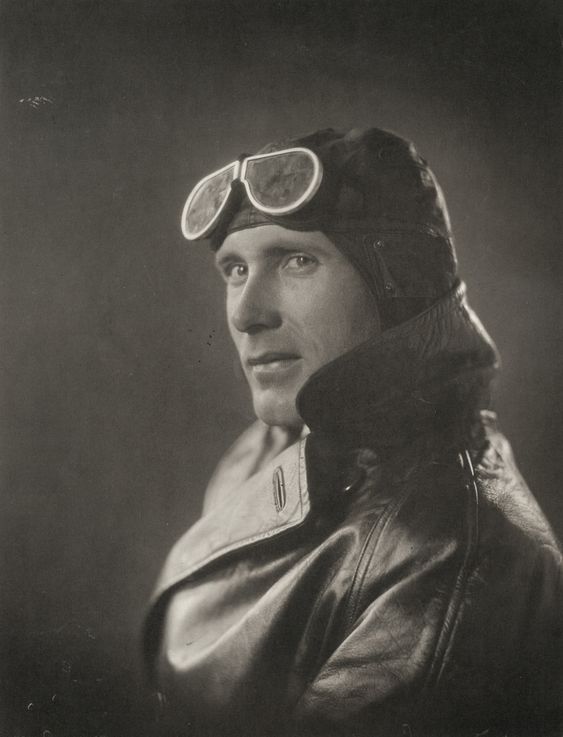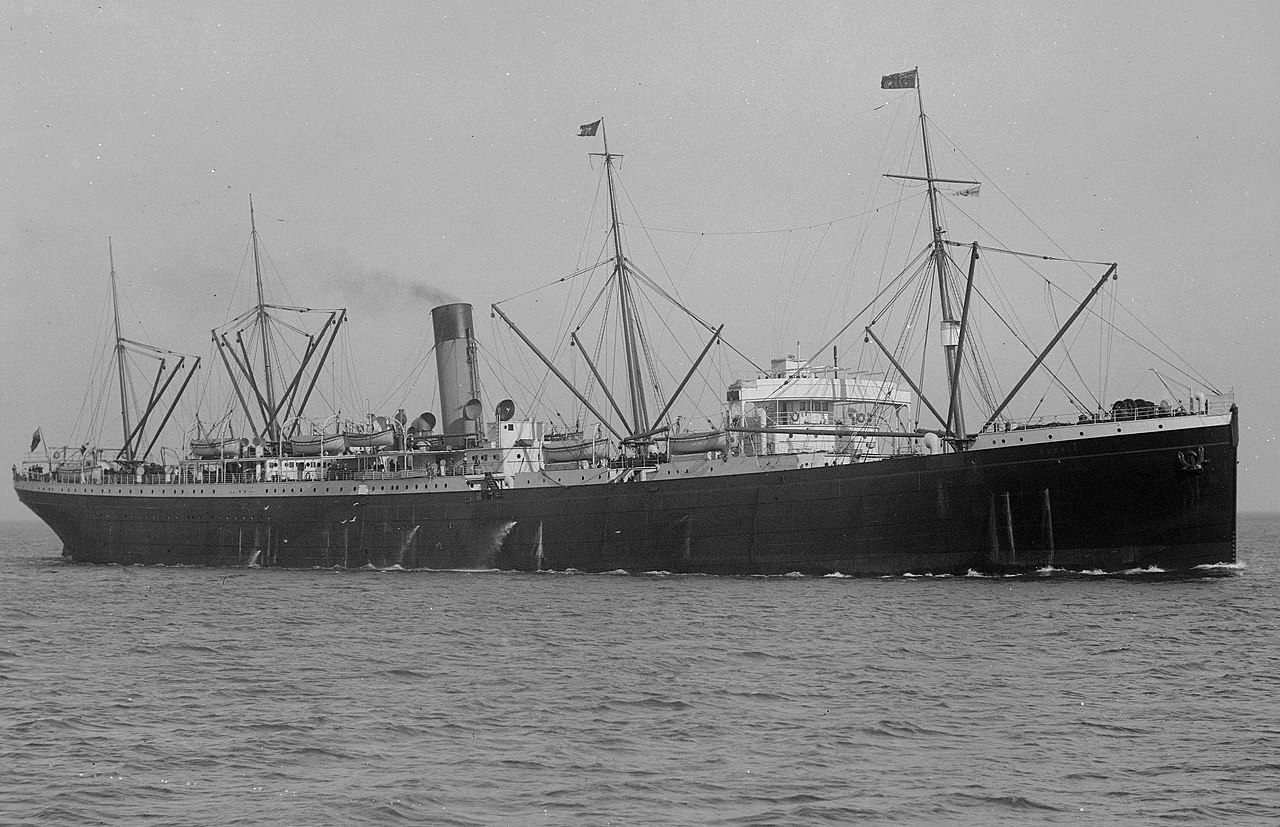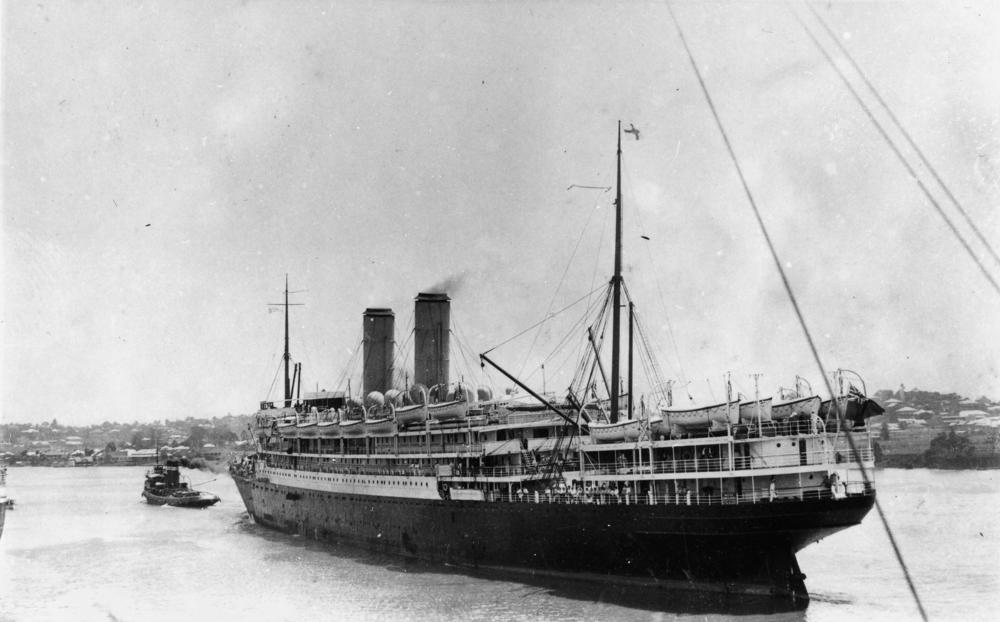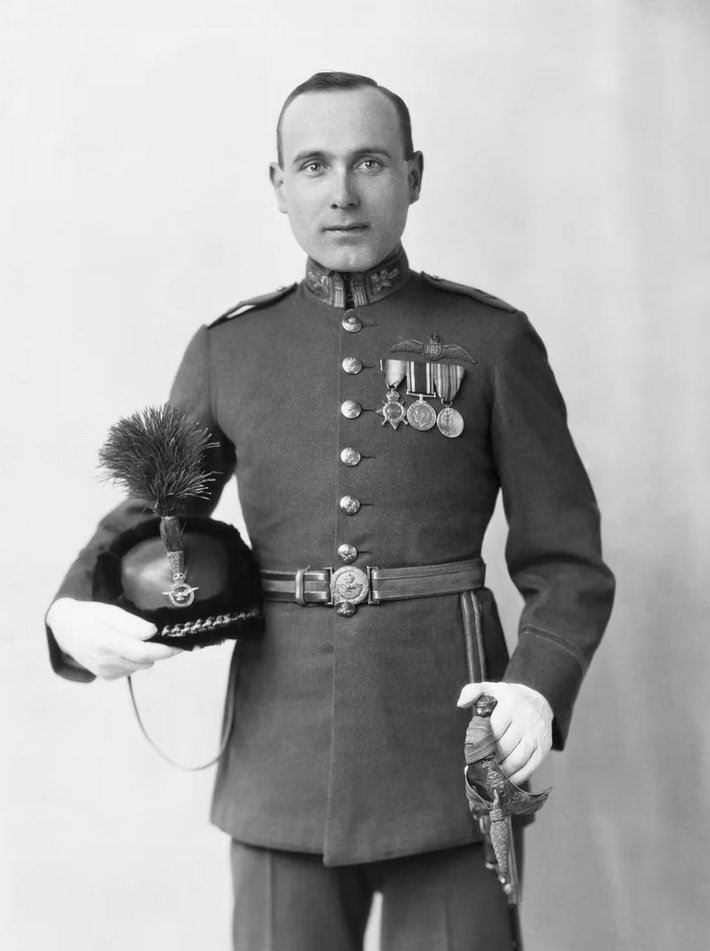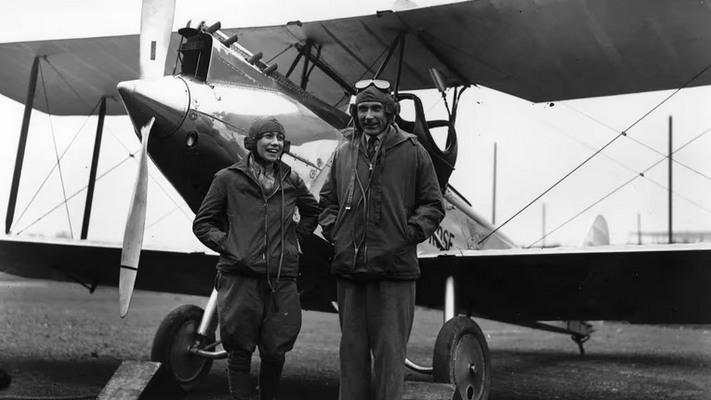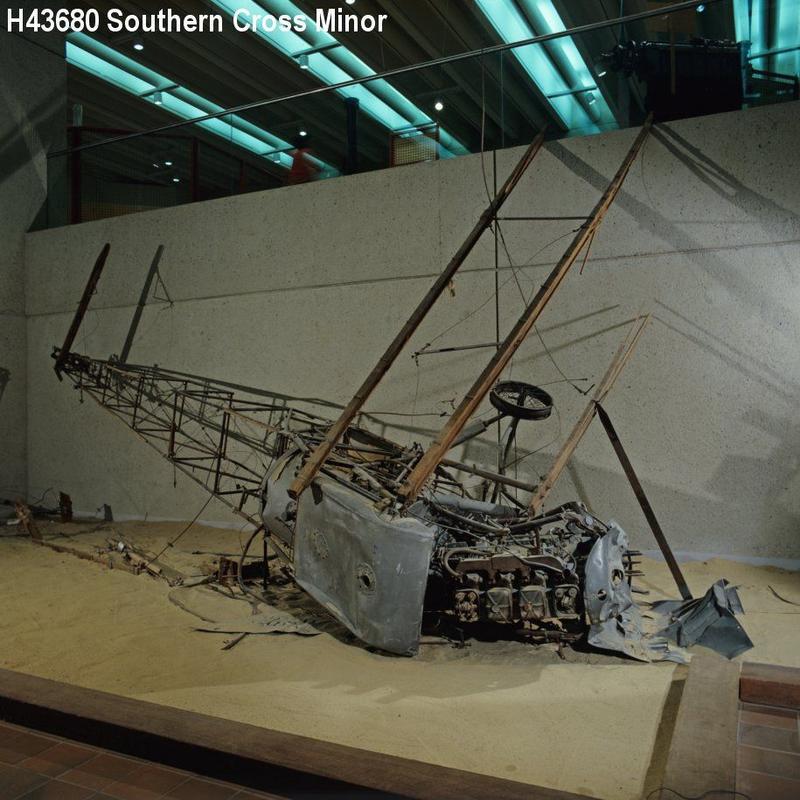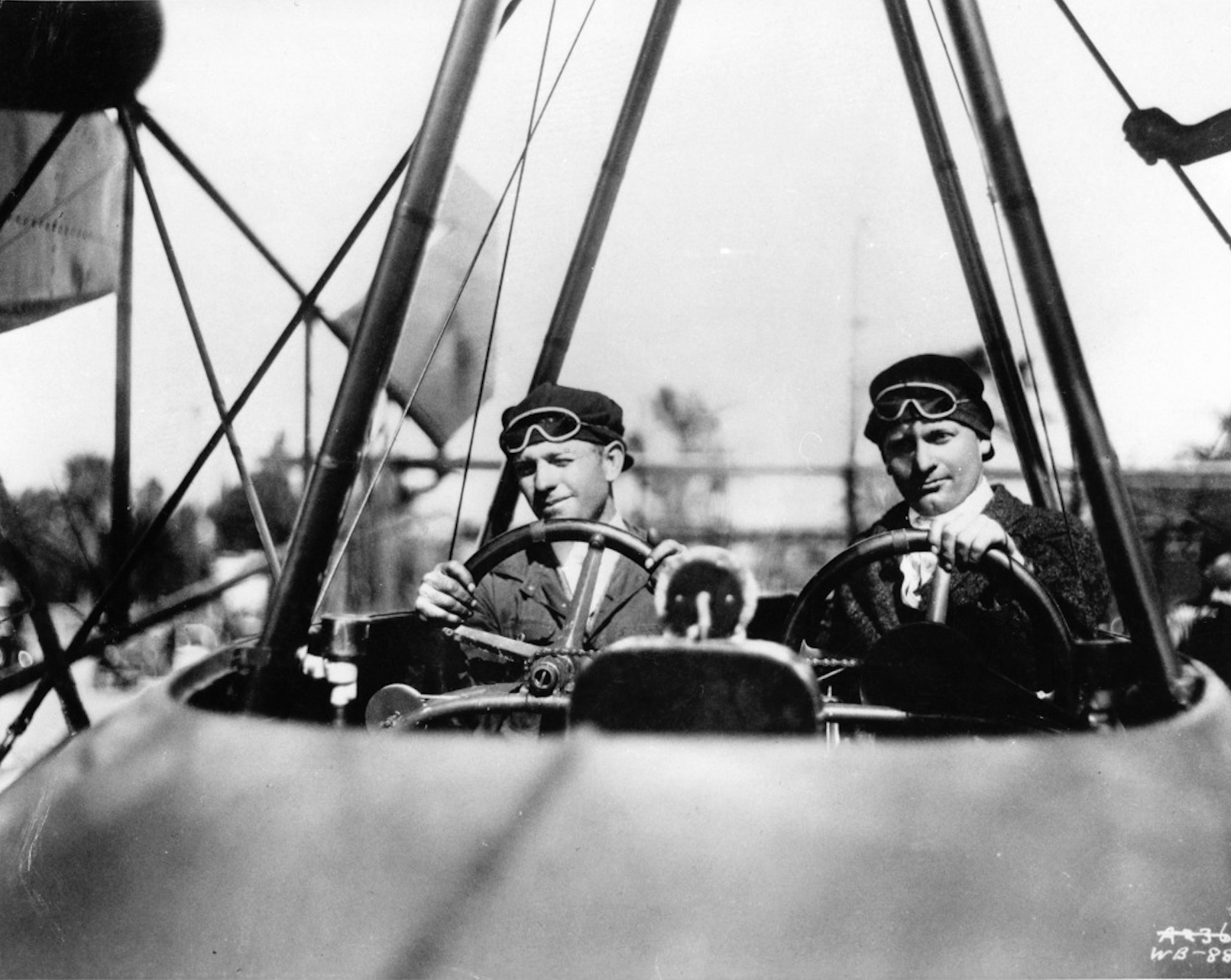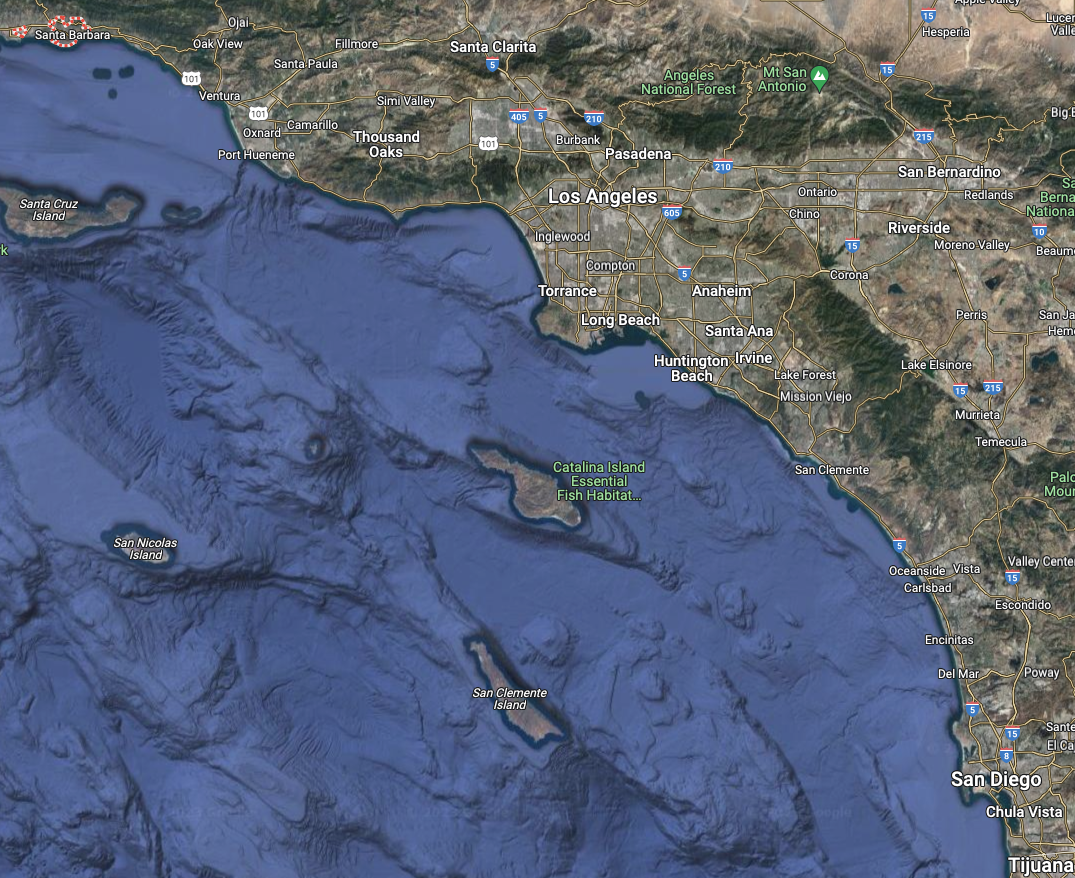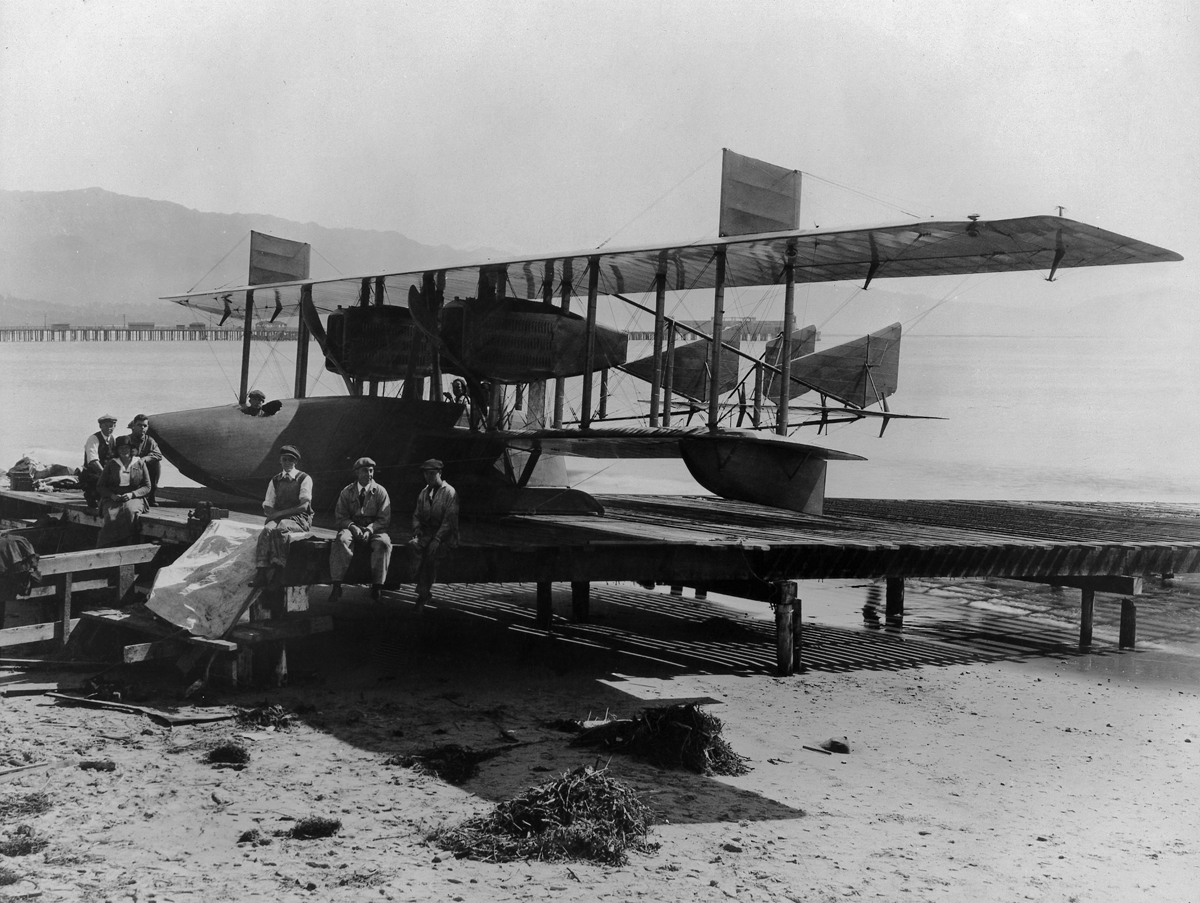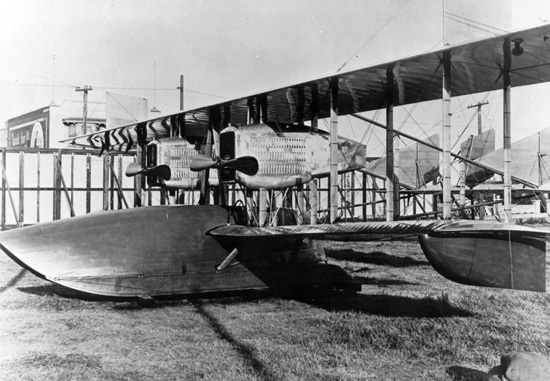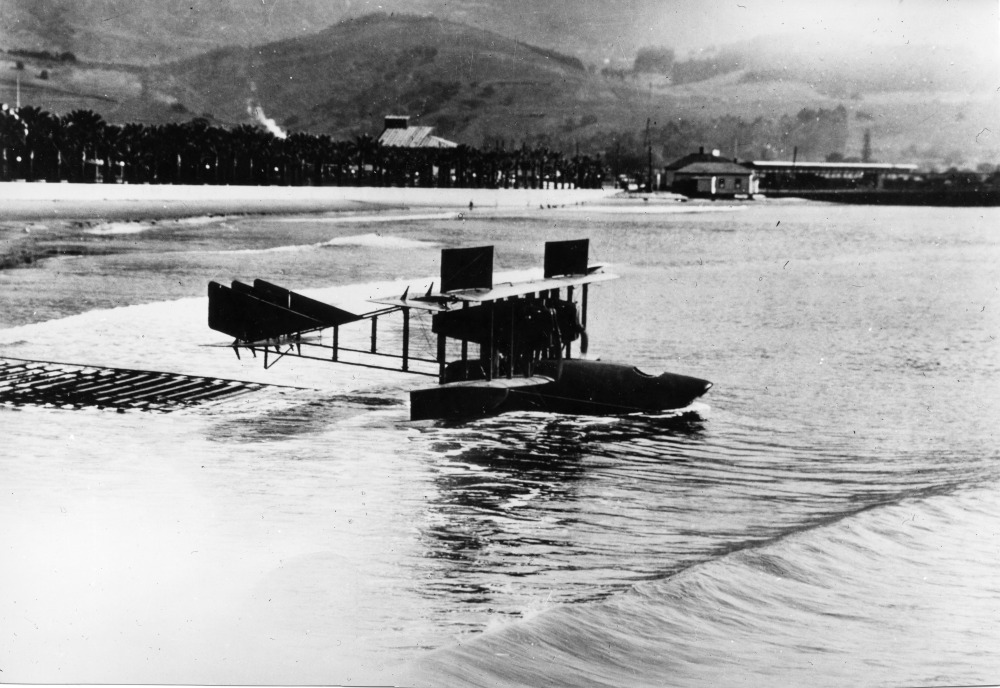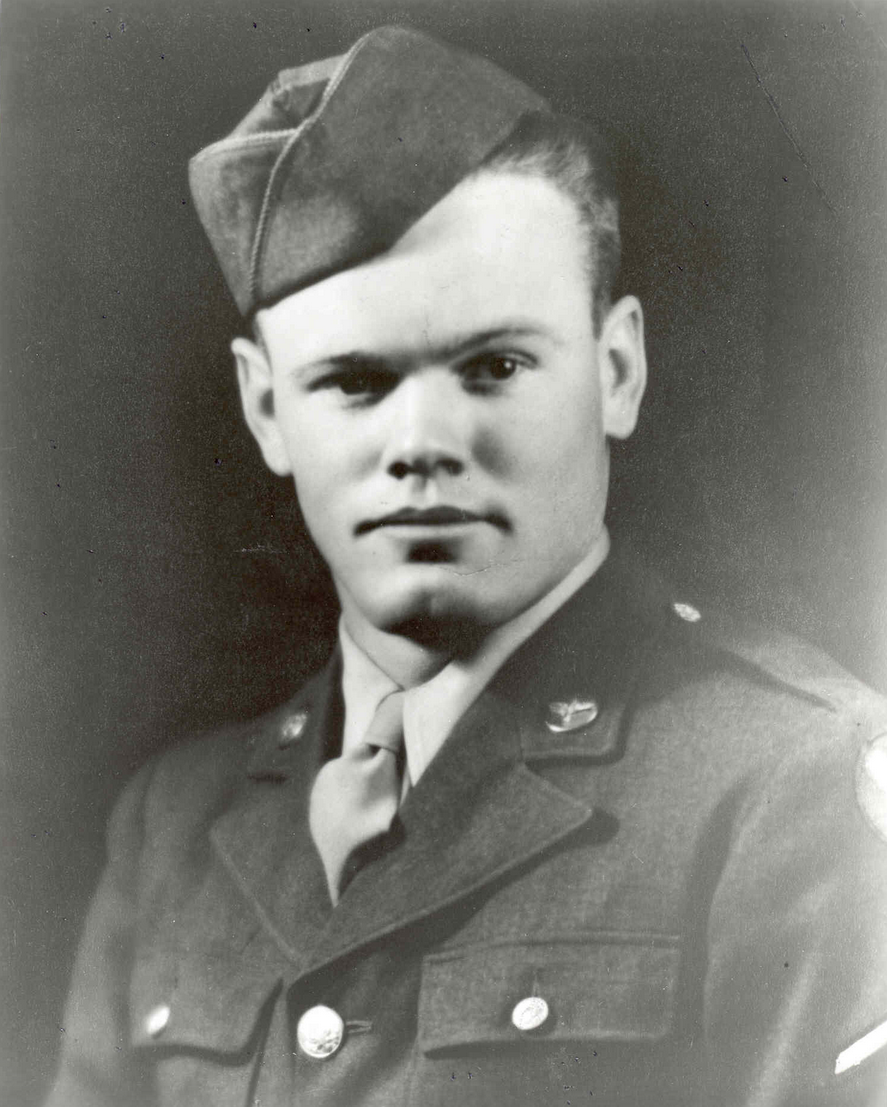
MEDAL OF HONOR
STAFF SERGEANT HENRY EUGENE ERWIN (Air Mission)
Rank and organization: Staff Sergeant, U.S. Army Air Corps, 52d Bombardment Squadron, 29th Bombardment Group, 20th Air Force.
Place and date: Koriyama, Japan, 12 April 1945.
Entered service at: Bessemer, Ala.
Born: 8 May 1921, Adamsville, Ala.
G.O. No.: 44, 6 June 1945.
Citation: He was the radio operator of a B-29 airplane leading a group formation to attack Koriyama, Japan. He was charged with the additional duty of dropping phosphoresce smoke bombs to aid in assembling the group when the launching point was reached. Upon entering the assembly area, aircraft fire and enemy fighter opposition was encountered. Among the phosphoresce bombs launched by S/Sergeant. Erwin, 1 proved faulty, exploding in the launching chute, and shot back into the interior of the aircraft, striking him in the face. The burning phosphoresce obliterated his nose and completely blinded him. Smoke filled the plane, obscuring the vision of the pilot. S/Sergeant. Erwin realized that the aircraft and crew would be lost if the burning bomb remained in the plane. Without regard for his own safety, he picked it up and feeling his way, instinctively, crawled around the gun turret and headed for the copilot’s window. He found the navigator’s table obstructing his passage. Grasping the burning bomb between his forearm and body, he unleashed the spring lock and raised the table. Struggling through the narrow passage he stumbled forward into the smoke-filled pilot’s compartment. Groping with his burning hands, he located the window and threw the bomb out. Completely aflame, he fell back upon the floor. The smoke cleared, the pilot, at 300 feet, pulled the plane out of its dive. S/Sergeant. Erwin’s gallantry and heroism above and beyond the call of duty saved the lives of his comrades.
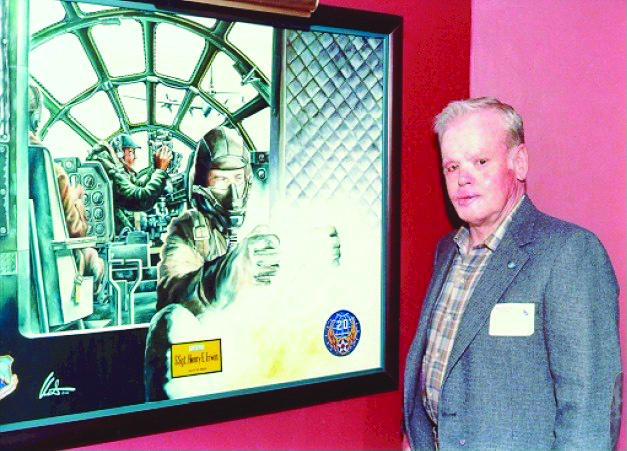
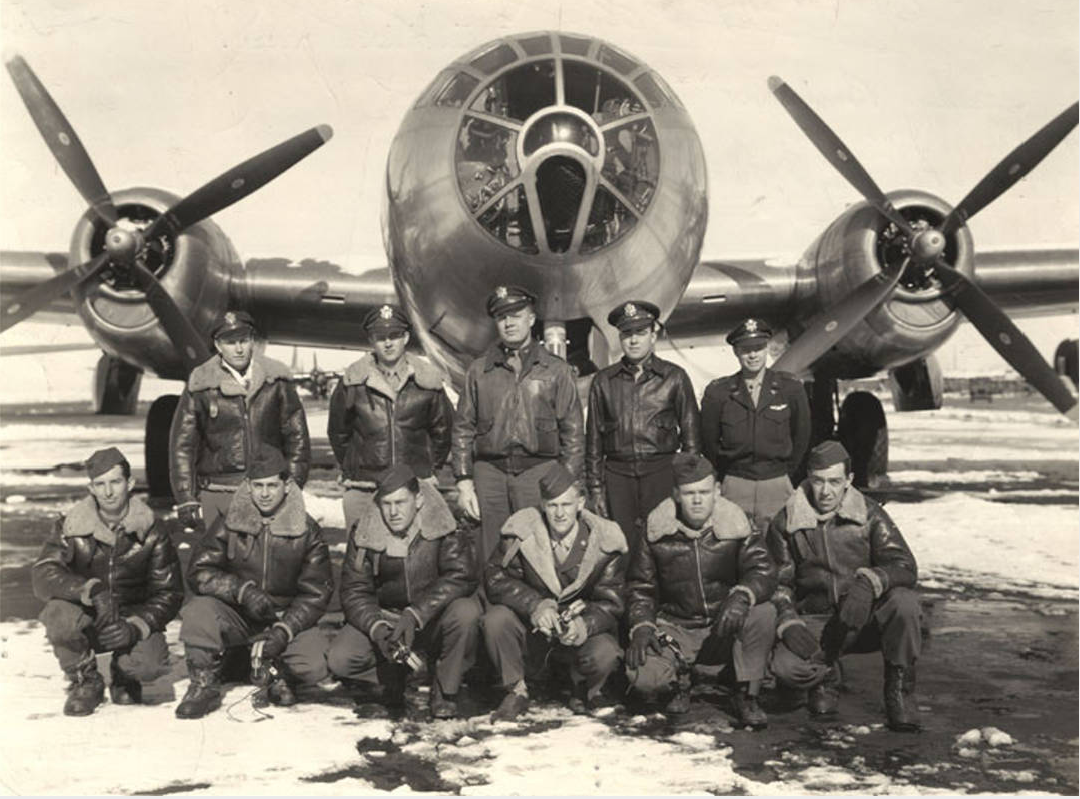
XXI Bomber Command’s Mission #65 for 12 April 1945 was an attack against the Hodogaya Chemical Plant (Target #2025) at Koriyama, a city on the island of Honshu, Japan. The chemical plant produced tetraethyl lead, a critical ingredient in high-octane aviation gasoline. Eighty-five B-29 Superfortress long-range heavy bombers took of from their base at North Field on the island of Guam, the largest and southernmost of the Marianas. Each bomber was loaded with 500-pound (227 kilogram) AN-M64 general purpose demolition bombs. The planned time over the target was 12:35–13:26, with the bombers attacking at altitudes of 7,000 to 9,000 feet (2,134–2,743 meters). The weather report for the target area was clear, with visibility of 15 miles (24 kilometers).
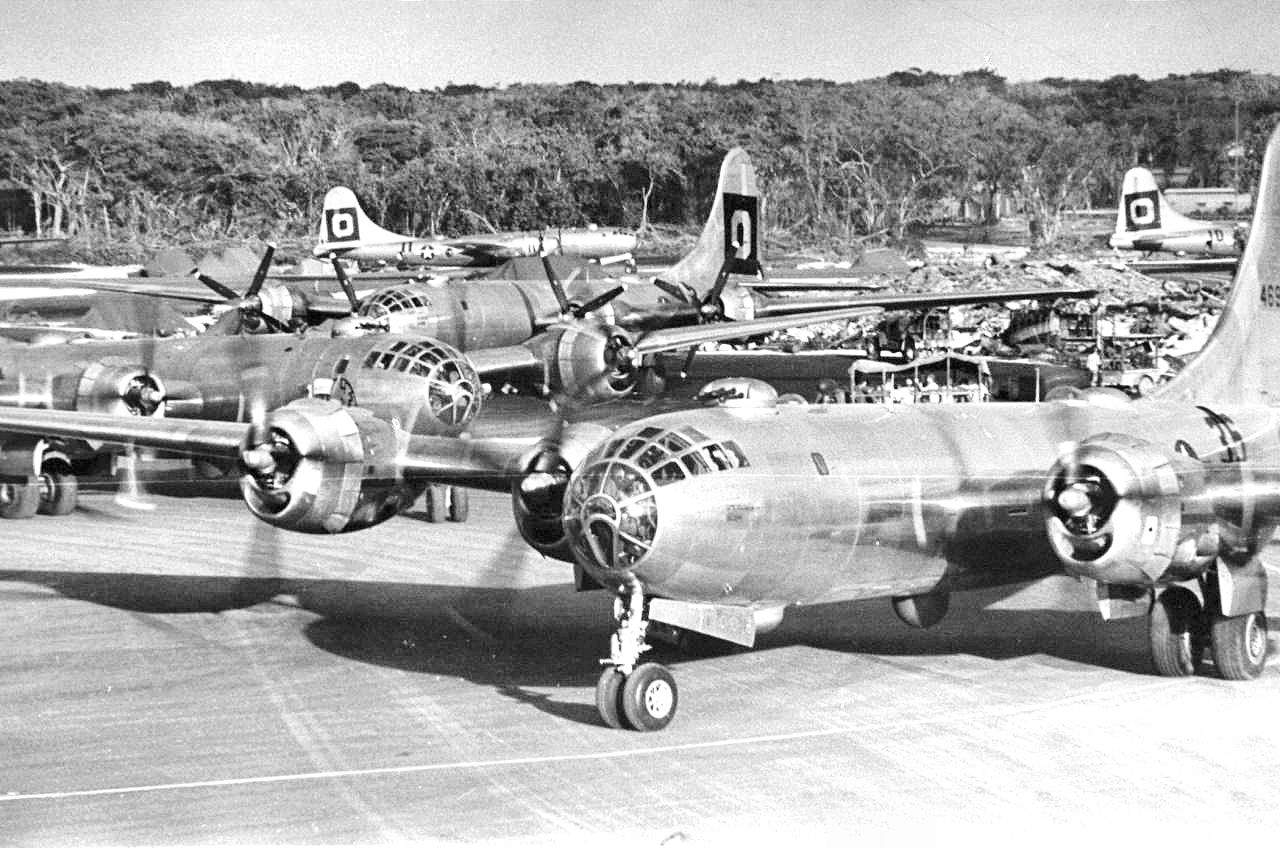
Koriyama was 1,506 miles (2,424 kilometers) from North Field. With a round-trip distance of 3,041 miles (4,894 kilometers), this was the longest bombing mission flown up to that time.
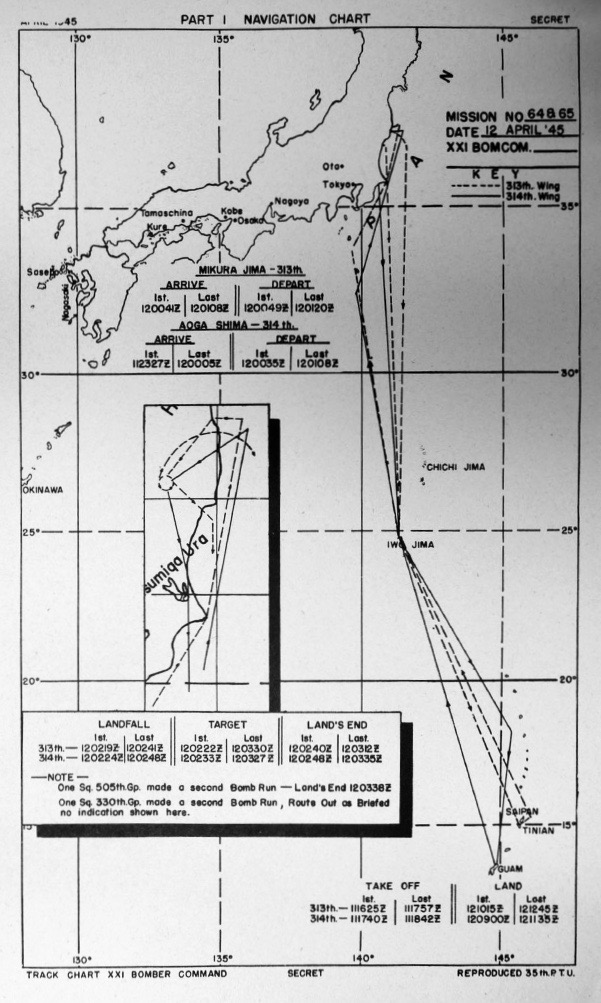
City of Los Angeles, a Martin-Omaha B-29-25-MO Superfortress, 42-65302, was the lead ship of the 52nd Bombardment Squadron, 29th Bombardment Group. The Superfortress was under the command of Captain George Anthony Simeral. The 52nd squadron’s commander, Lieutenant Colonel Eugene O. Strouse, was on board as co-pilot.
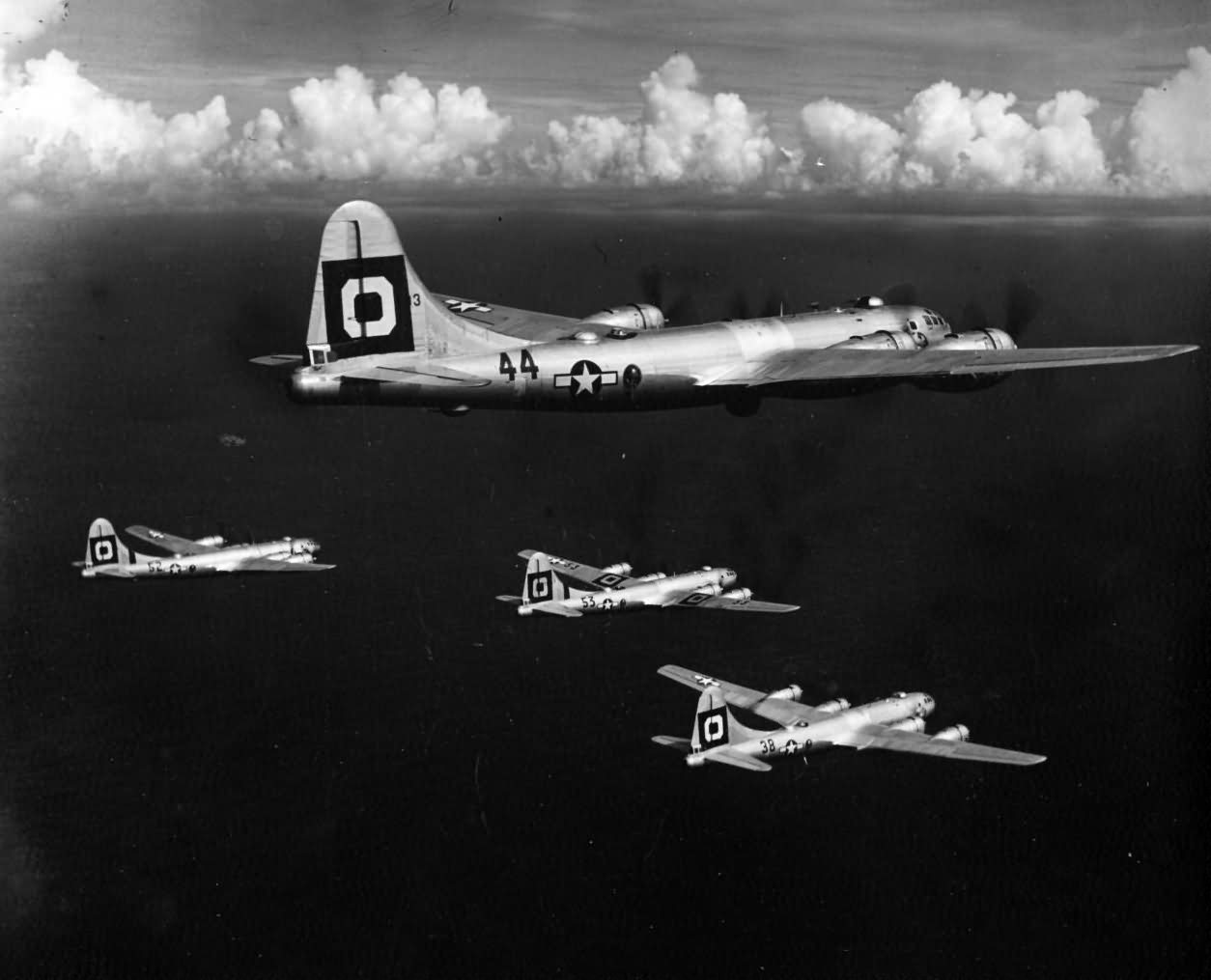
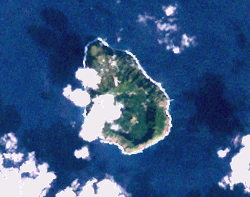
The 52nd Squadron’s assembly point was over over Aogashima, a small volcanic island of the Izu archipelago in the Philippine Sea, 222 miles (357 kilometers) south of Tokyo.
It was near this island that City of Los Angeles‘s radio operator, Red Erwin, dropped white phosphorus signal flares to give the squadron a visual reference point.
When the faulty signal flare prematurely ignited, it burned at about 1,300 °F. (704 °C.) and filled the cockpit with dense smoke. The other crew members could not see the difficulty Erwin was having trying to drop the flare overboard.
Erwin was gravely injured. Phosphorus self-ignites in the presence of air. With particles of phosphorus all over, his body was still on fire. The phosphorus could not be extinguished.
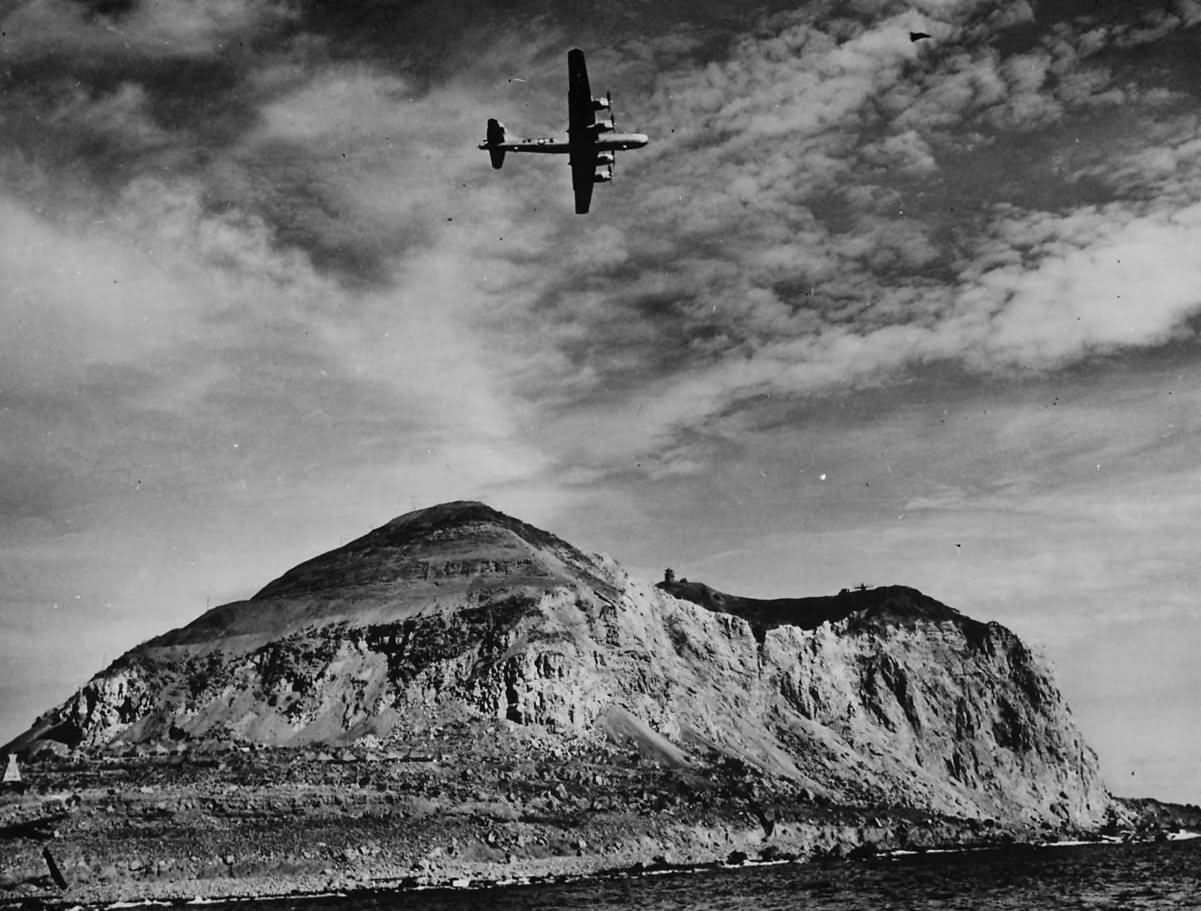
Captain Simeral aborted the mission and turned City of Los Angeles toward the island of Iwo Jima in the Volcano Islands, where an emergency landing field for the B-29s had been built. Iwo was the closest point where Erwin could receive medical treatment.
Erwin’s injuries were so severe that he was not expected to survive. He was evacuated to Fleet Hospital 103 at Guam.
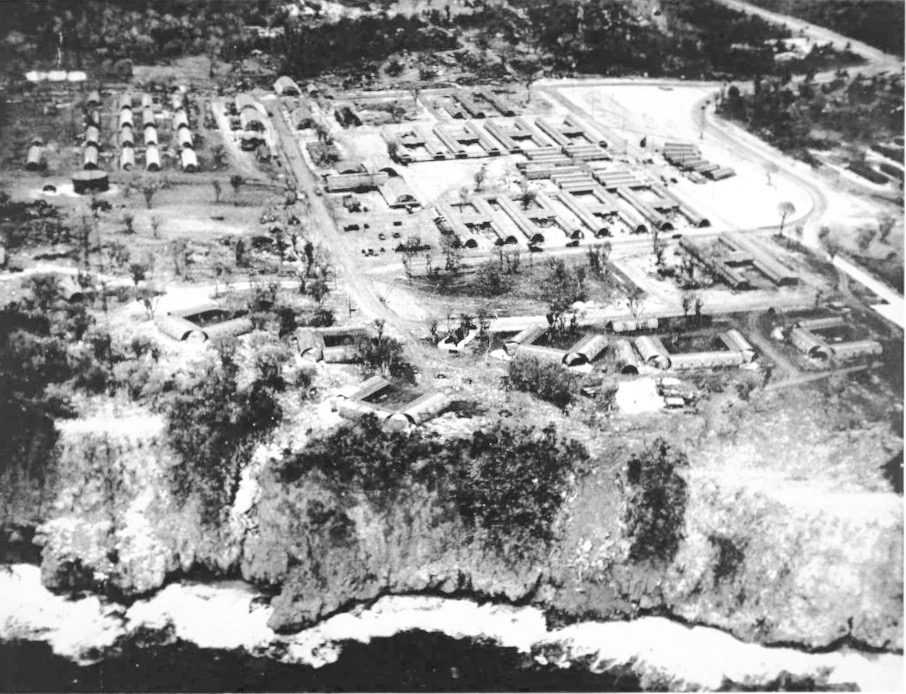
Major General Curtis E. LeMay, commanding XXI Bomber Command, and Brigadier General Lauris Norstad, Chief of Staff, Twentieth Air Force, sent a recommendation for the Medal of Honor to Headquarters, U.S. Army Air Forces in Washington, D.C.
The nearest Medal of Honor was in a display case in Hawaii. Because Erwin was not expected to survive, that medal was obtained and flown to Guam so that it could be presented while he was still alive. In a ceremony held in Orthopedic Wards 3 and 4 of Fleet Hospital 103, Major General LeMay and Major General Willis H. Hale, Commanding General, Army Air Forces, Pacific Ocean Areas, and Deputy Commander, Twentieth Air Force, presented the Medal of Honor to Staff Sergeant Henry Eugene Erwin, United States Army Air Forces.
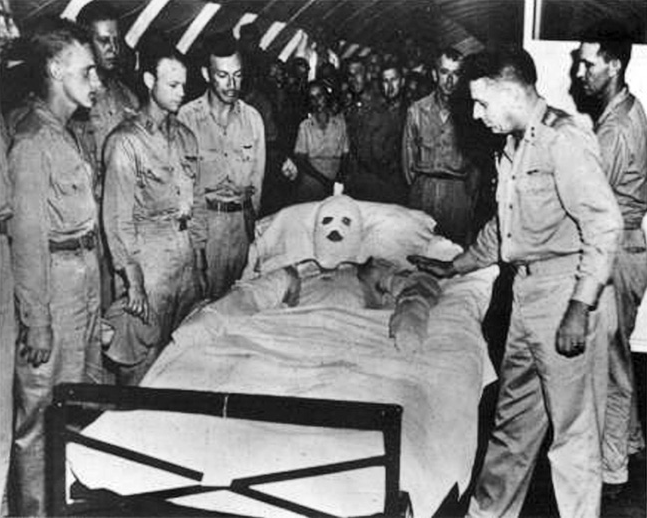
General LeMay told Sergeant Erwin that, “Your effort to save the lives of your fellow airmen is the most extraordinary kind of heroism I know.”
General of the Army Henry H. Arnold, commanding the U.S. Army Air Forces, wrote to him, “I regard your act as one of the bravest in the records of the war.”
Red Erwin was the only crew member of a B-29 Superfortress to be awarded the Medal of Honor during World War II.
Red Erwin underwent 41 surgical procedures. The phosphorus particles in his body continued smoldering for months. Erwin was hospitalized for 2½ years before he was discharged from the U.S. Army Air Forces as a master sergeant, 8 October 1947.
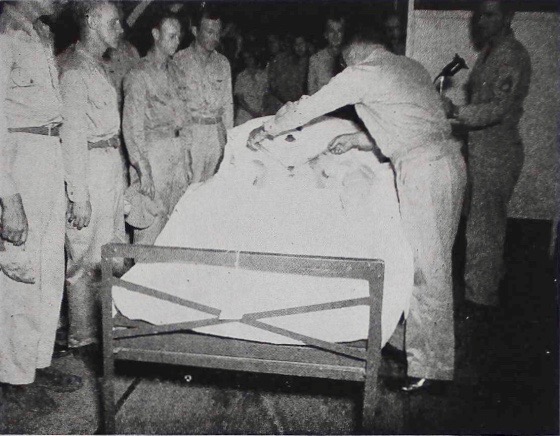
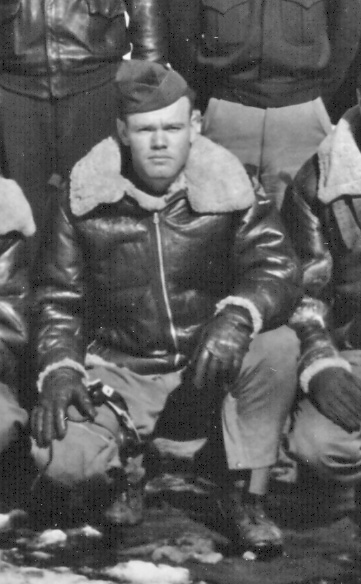
Henry Eugene Erwin was born 8 May 1921, at Docena, a small mining village in Jefferson County, Alabama. He was the fourth of nine children of Walter Marshall Erwin, a weighman at a coal mine, and Pearl Landers Ervin.
Gene Erwin spent two years working with the Civilian Conservation Corps, a “New Deal” public work relief program. By 1940, he had found employment as a secretary with the Tennessee Coal, Iron and Railroad Company (TCI RR).
On 27 January 1942, Erwin enlisted in the Army Reserve Corps. He had red hair, brown eyes and a “ruddy” complexion, was 5 feet, 10 inches (1.75 meters) tall and weighed 165 pounds (75 kilograms). He was appointed an aviation cadet, Air Corps, 3 February 1943. Because of “flight deficiencies,” Cadet Erwin did not complete flight training and in June 1943 was reassigned for training as a radio operator and technician.
In April 1944, Erwin was assigned to the 52nd Bombardment Squadron (Very Heavy), at Dalhart Army Airfield, Texas, for B-29 Superfortress combat crew training.
Sergeant Henry E. Erwin married Miss Martha Elizabeth Starnes, 6 December 1944, at Ensley, Alabama. The ceremony was performed by Rev. Daniel E. Draper. They would have five children.
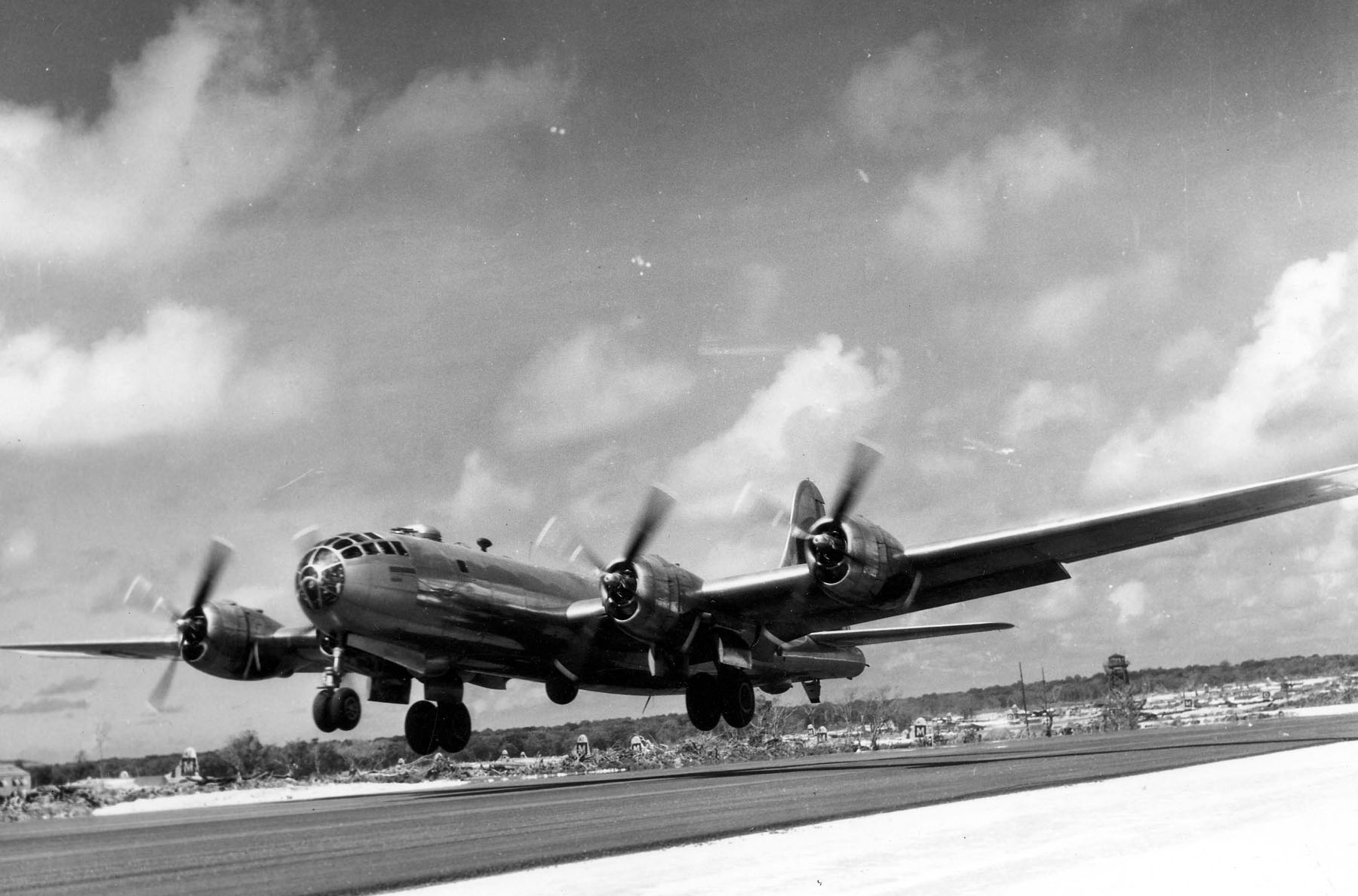
The 52nd Squadron deployed to the Pacific in February 1945 as an element of the 29th Bombardment Group (Very Heavy), 314th Bombardment Wing (Very Heavy), XXI Bomber Command, Twentieth Air Force, based at North Field, Guam.
Mission Number 65 was Erwin’s eleventh combat mission.
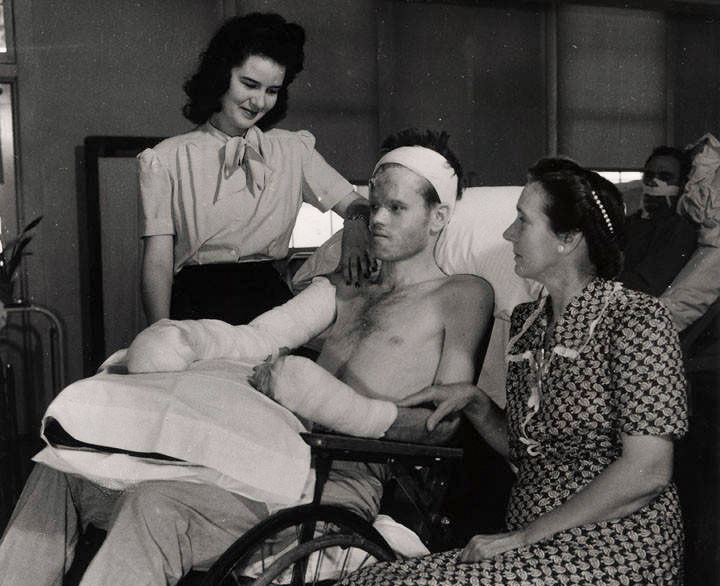
Gene Erwin never fully recovered. Although he had been blinded by the phosphorus burns, he eventually regained his sight. His right arm was disabled, and his body was covered in scars.
When he was able to return to work, Erwin was employed the Veterans Administration, and remained there for thirty-seven years before retiring.
Master Sergeant Henry Eugene Erwin, United States Army Air Forces (Retired), died 16 January 2002 at Leeds, Alabama. His body was buried at the Elmwood Cemetery, Birmingham, Alabama.
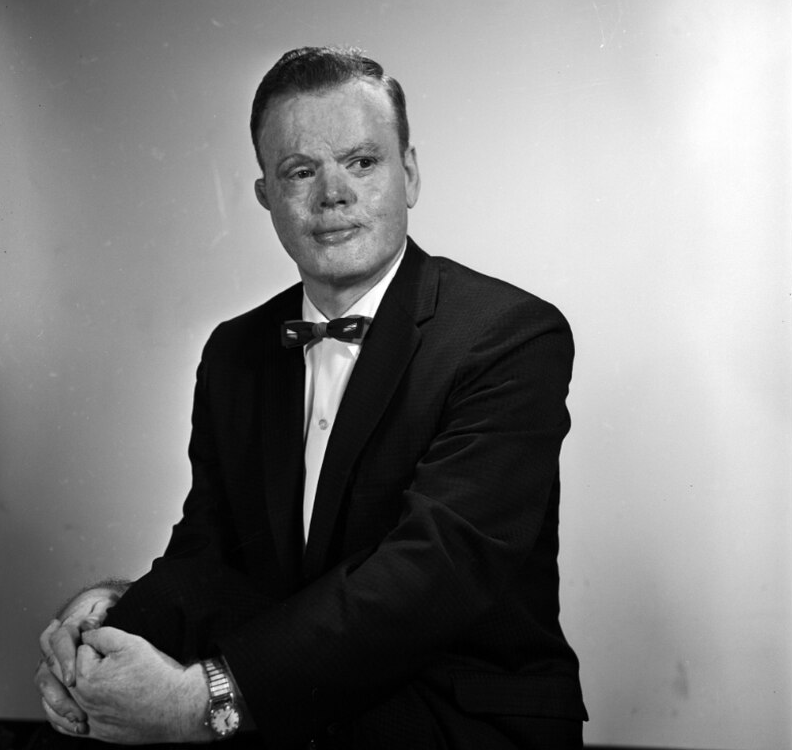
In his honor, the United States Air Force established the Henry E. Erwin Outstanding Enlisted Aircrew Member of the Year Award. The library at the Air University, Maxwell Air Force Base, Alabama, is named the Red Erwin Library.
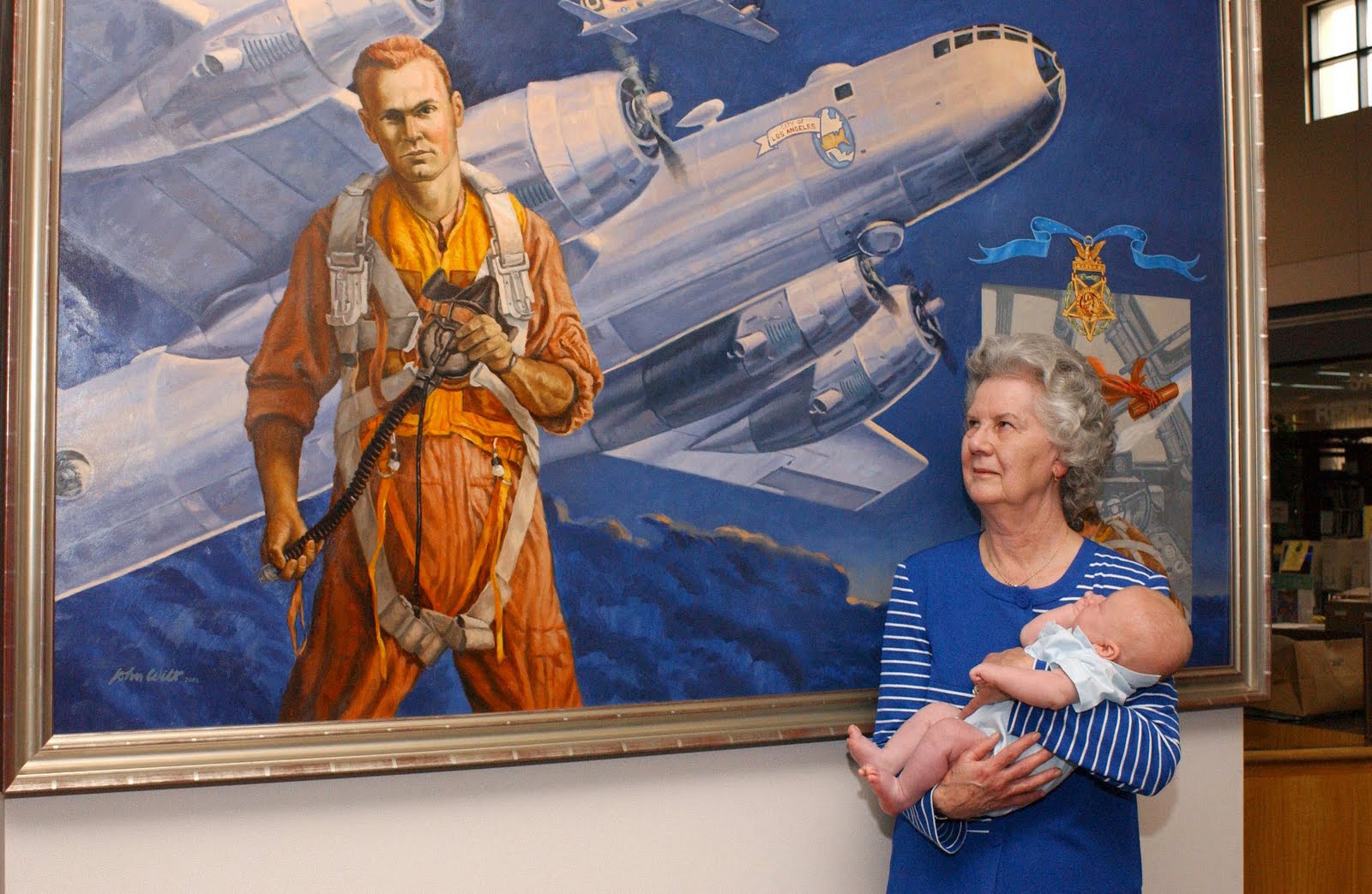
B-29-25-MO 42-65302 was one of 536 Boeing B-29 Superfortresses built by the Glenn L. Martin–Nebraska Company at Fort Crook, Omaha, Nebraska (now, Offutt Air Force Base). Fifty of those were the Block 25 variant. The new B-29 was delivered to the U.S. Army Air Forces on 11 January 1945.
Once assigned to the 314th Bombardment Wing (Very Heavy), the airplane was named City of Los Angeles, in keeping with the wing’s practice of naming the aircraft after cities in the United States. When it arrived at Guam, 42-65302 was identified with a large yellow letter “O” surrounded by a black square, painted on its vertical fin and rudder. The numeral “37” was painted on each side of the fuselage aft of the wings.
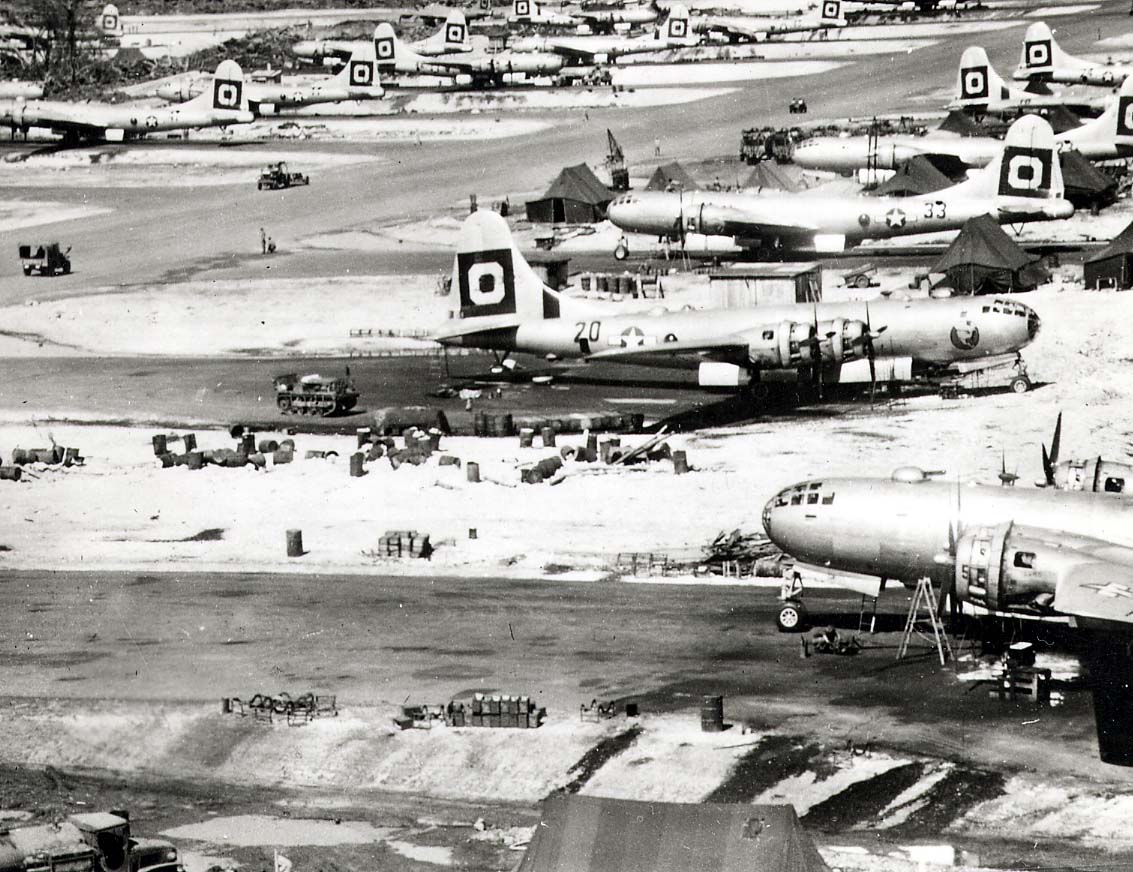
The B-29 was the most technologically advanced airplane built up to that time, and required an immense effort by American industry to produce.
The B-29 Superfortress was designed by the Boeing Airplane Company as its Model 345. Produced in three major versions, the B-29, B-29A and B-29B, it was built by Boeing at Wichita, Kansas, and Redmond, Washington; by the Bell Aircraft Corporation at Marietta, Georgia; and the Glenn L. Martin–Nebraska Company at Fort Crook (now Offutt Air Force Base), Omaha, Nebraska. A total of 3,943 Superfortresses were built.
B-29s were normally operated by an 11-man crew: Pilot, copilot, navigator, bombardier, radar bombardier, radio operator, flight engineer, a central fire control gunner, and right, left, and tail gunners.
The B-29 Superfortress was 99 feet, 0 inches (30.175 meters) long with a wingspan of 141 feet, 3 inches (43.053 meters) and an overall height of 27 feet, 9 inches (8.458 meters). It had a wing area of 1,736 square feet (167.28 square meters); The standard B-29 had an empty weight of 74,500 pounds (33,793 kilograms) and gross weight of 120,000 pounds (54,431 kilograms).
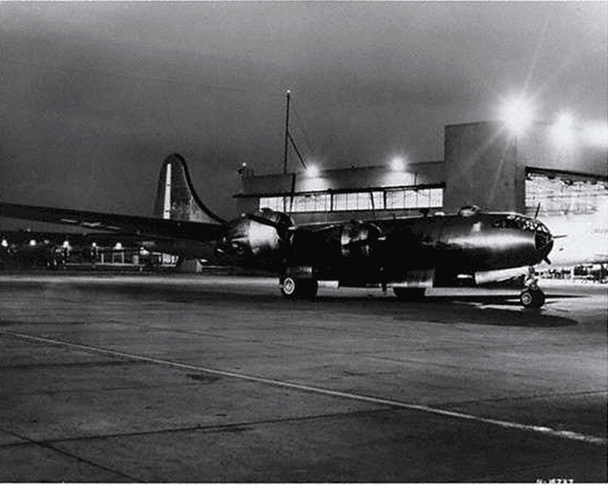
City of Los Angeles had four air-cooled, supercharged, 3,347.662-cubic-inch-displacement (54.858 liter) Wright Aeronautical Division R-3350-41 (Cyclone 18 787C18BA3) two-row 18-cylinder radial engines with direct fuel injection. The R-3350-41 had a compression ratio of 6.85:1 and required 100/130 aviation gasoline. It was rated at 2,000 horsepower at 2,400 r.p.m. at Sea Level, and 2,200 horsepower at 2,800 r.p.m, for take-off. The engines drove four-bladed Curtiss Electric reversible-pitch propellers with a diameter of 16 feet, 7 inches (5.080 meters), through a 0.35:1 gear reduction. The R-3350-41 was 6 feet, 2.26 inches (1.937 meters) long, 4 feet, 7.78 inches (1.417 meters) in diameter and weighed 2,725 pounds (1,236 kilograms).
The B-29 had a cruise speed of 220 miles per hour (354 kilometers per hour) at 20,000 feet (6,096 meters). Its maximum speed was 306 miles per hour (492 kilometers per hour) at Sea Level, and 357 miles per hour (575 kilometers per hour) at 30,000 feet (9,144 meters). The bomber had a service ceiling of 33,600 feet (10,168 meters). The Superfortress had a fuel capacity of 9,438 gallons (35,727 liters), giving it a maximum range of 3,250 miles (5,230 kilometers) at 25,000 feet (7,620 meters) with 5,000 pound (2,268 kilograms) bomb load.
The B-29 could carry a maximum bomb load of 20,000 pounds (9,072 kilograms). Defensive armament consisted of twelve air-cooled Browning AN-M2 .50-caliber machine guns mounted in four remotely-operated powered turrets, and a tail turret. B-29 variants before Block 25 also had a single M2 20 mm autocannon mounted in the tail.
City of Los Angeles was damaged on a combat mission against Kobe, Japan, in July 1945. Captain Simeral was awarded the Distinguished Flying Cross.
42-65302 survived the war and remained in service with the U.S. Air Force for several more years. It was “reclaimed” at Hill Air Force Base, Utah, 17 November 1953.

© 2018, Bryan R. Swopes
